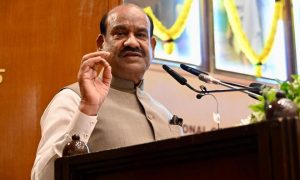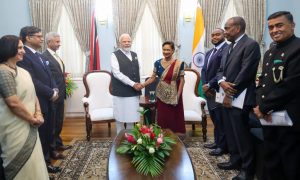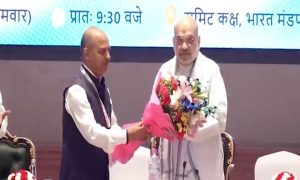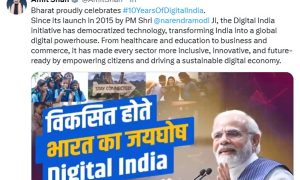As Published by John Koetsier – Forbes
Everyone is investing in India lately.
In April, Facebook announced it was investing $5.7 billion in India. In January it was Amazon, investing $1 billion in India. Today’s it’s Google (or its parent company, Alphabet) investing $10 billion in partnerships, infrastructure, and ecosystems.
Since China’s closed, the giants have to invest elsewhere, apparently.
“When I was young, every new piece of technology brought new opportunities to learn and grow,” Google CEO Sundar Pichai announced today. “But I always had to wait for it to arrive from someplace else. Today, people in India no longer have to wait for technology to come to you. A whole new generation of technologies are happening in India first.”
Google’s $10 billion will be spent in four areas:
- Localization: “enabling affordable access and information for every Indian in their own language.” (India has no fewer than 23 constitutionally recognized languages.)
- Google and Alphabet products and services specifically built for India
- Digital transformation: helping businesses in India go digital first
- Social good: “leveraging technology and AI for social good, in areas like health, education, and agriculture”
There are two population superpowers on the planet: China and India. China still has slightly more people at 1.4 billion, or 18% of the global population. But India, at 1.36 billion, is right on its tail — and growing faster.
More importantly for the global big tech superpowers like Google, Facebook, Apple, Amazon, and Microsoft — a long-time billion-dollar investor in India — India is relatively open for business.
China has long banned foreign companies that could compete with its domestic companies. Google, Facebook, Netflix, Bing, Twitter, Pinterest, and Quora are just a few of the companies that are not permitted to do business in China. That, coupled with trade wars, COVID-19, and a growing sense of China’s emergence as a global economic superpower, has made it easier to justify retaliatory measures aimed at isolating China economically.
That the country is a totalitarian regime that oppresses many minorities and uses sophisticated technology to spy on its people — and, of course, censors many topics internally — only makes it more likely that companies like Huawei will face difficulty abroad.
A border dispute with India didn’t help: India recently banned 59 Chinese apps.
But India is relatively open for business, under certain conditions. The country wants investment, but not technological colonization.
That’s why Apple has established production locally in India, with its primary manufacturing partner Foxconn investing $1 billion to expand a factory recently. Apple’s free to do business in India, but unless it manufactures devices locally, the country sets a high tariff on imported devices.
Essentially, it’s a smart strategy to accept outside investment but attempt to ensure that the investment builds the country up, rather than making it an economic client state of big tech.
With such a vast population, there’s a lot of progress yet to be made in India. That’s where Google’s Pichai is focusing.
“Today, 26 million SMBs are now discoverable on Search and Maps, driving connections with more than 150 million users every month. What’s more, small merchants across the country are now equipped to accept digital payments,” he wrote on the Google blog. “But India’s own digital journey is far from complete. There’s still more work to do in order to make the internet affordable and useful for a billion Indians … from improving voice input and computing for all of India’s languages, to inspiring and supporting a whole new generation of entrepreneurs.”
And, of course, ensuring that Google is a key part of the coming growth in what is soon to be the world’s most populous country.
And, perhaps, letting China know that its policies internally have an impact on its ability to business externally.
As Published by John Koetsier – Forbes




























 WhatsApp us
WhatsApp us